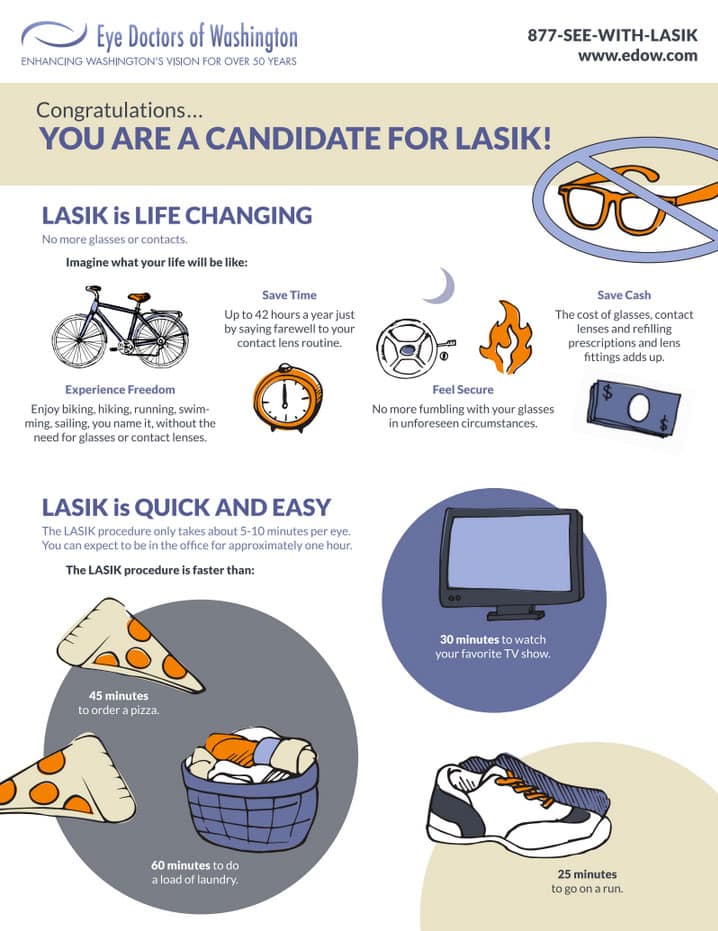As a cataract specialist, your day starts with an extensive eye evaluation, where you examine individuals' vision and lens clarity. You know just how crucial it is to identify cataracts precisely. Once detected, you prepare for surgical treatment, guaranteeing every information is represented. But the obstacle does not end there. The real journey unfolds in the operating room, where accuracy is essential. What takes place next can define a patient's aesthetic future.
The Diagnostic Process: Identifying Cataracts
When it involves identifying cataracts, quality is essential. You'll begin with a thorough eye examination, where you'll examine visual acuity and look for any kind of indicators of cloudiness in the lens.
Throughout this process, you'll utilize specific tools, such as a slit lamp, to obtain a detailed sight of the eye's structure. You'll also perform a dilated eye test to evaluate the lens and retina more thoroughly.
Collecting cataract surgery centers near me is important, as it helps recognize danger factors like age, diabetes, or previous eye injuries.
After analyzing the outcomes, you'll establish the presence and seriousness of cataracts. This thorough strategy ensures you offer the most effective recommendations for treatment, establishing the stage for the next steps in their treatment.
The Surgical Procedure: Accuracy in Action
After identifying cataracts and reviewing therapy options, you prepare for the procedure, where accuracy is extremely important.
You get in the operating room, donning clean and sterile handwear covers and a mask. The client rests pleasantly under intense lights, ready for the makeover.
You start by carrying out regional anesthesia, ensuring they feel no pain. With a consistent hand, you make a small laceration in the cornea, utilizing sophisticated strategies to eliminate the cloudy lens.
You meticulously insert the man-made intraocular lens, straightening it flawlessly for optimum vision. Throughout Who Should Get LASIK , you keep track of vitals and readjust as needed, preserving focus on the task.
In simply a short time, you'll have recovered your patient's view, a pleasing result for both of you.
Post-Operative Care: Making Certain Ideal Recovery
As soon as the surgical treatment is full, your function changes to ensuring the individual's smooth healing.
You'll begin by offering clear post-operative instructions, emphasizing the importance of putting on the eye shield and taking proposed medicines. Remind https://health.economictimes.indiatimes.com/news/diagnostics/novel-method-could-improve-lasik-eye-surgery/68390819 to stay clear of rubbing their eyes and taking part in arduous tasks.
Set up a follow-up appointment within a few days to monitor recovery and address any concerns. Encourage people to report any type of indications of infection, such as increased inflammation or discharge.
In addition, talk about the importance of using synthetic splits to relieve dryness. Assistance their emotional health by comforting them that aesthetic renovations might require time.
Final thought
In a cataract specialist's day, you witness the journey from diagnosis to recuperation. You see the precision in surgical procedure and the care taken post-operation to ensure your optimal recovery. Through this experience, you get clearness not just in vision, however in recognizing the whole process. The trust developed between you and your doctor is crucial, leading the way for a smoother recovery. With the best assistance, you're on your means to delighting in a brighter, clearer globe.
